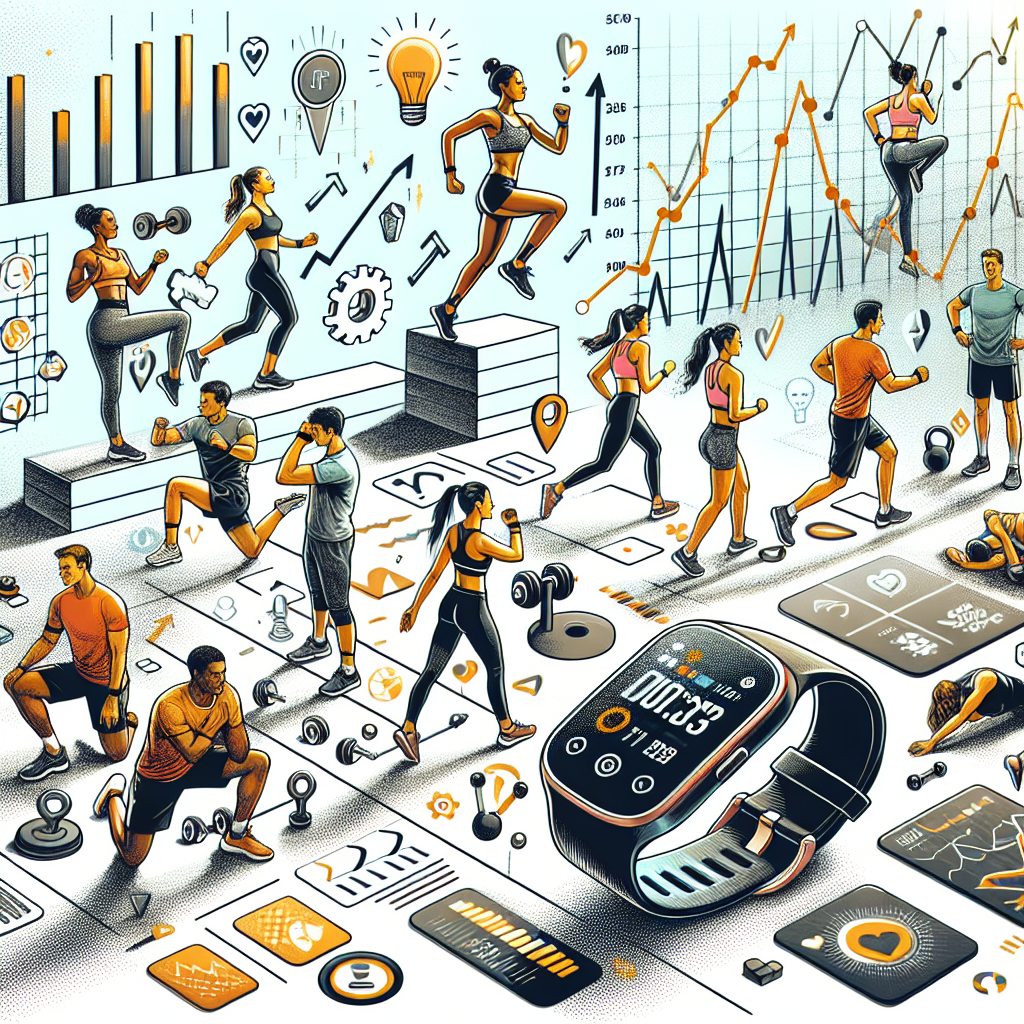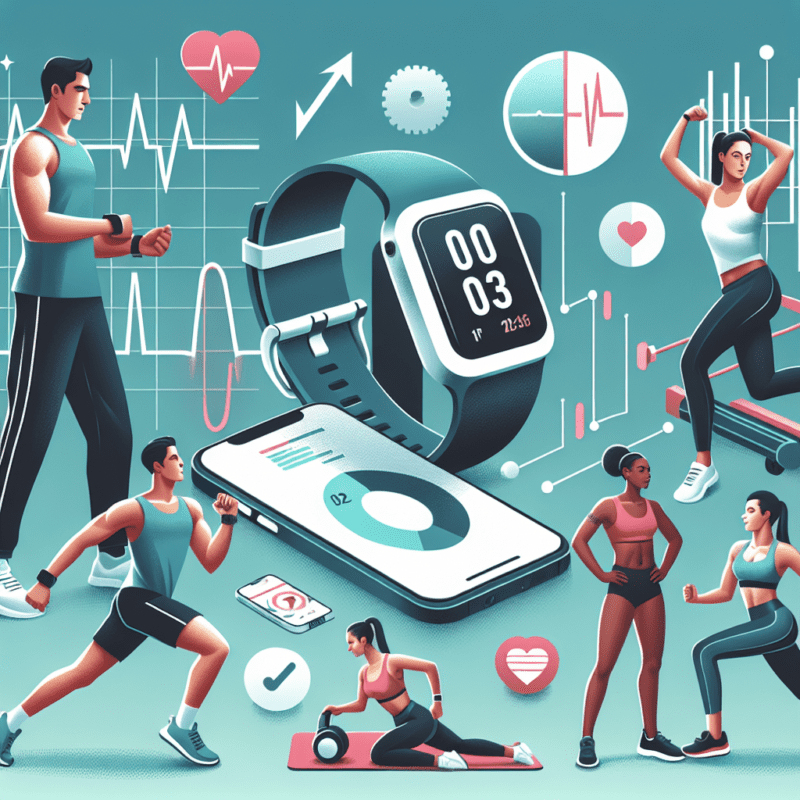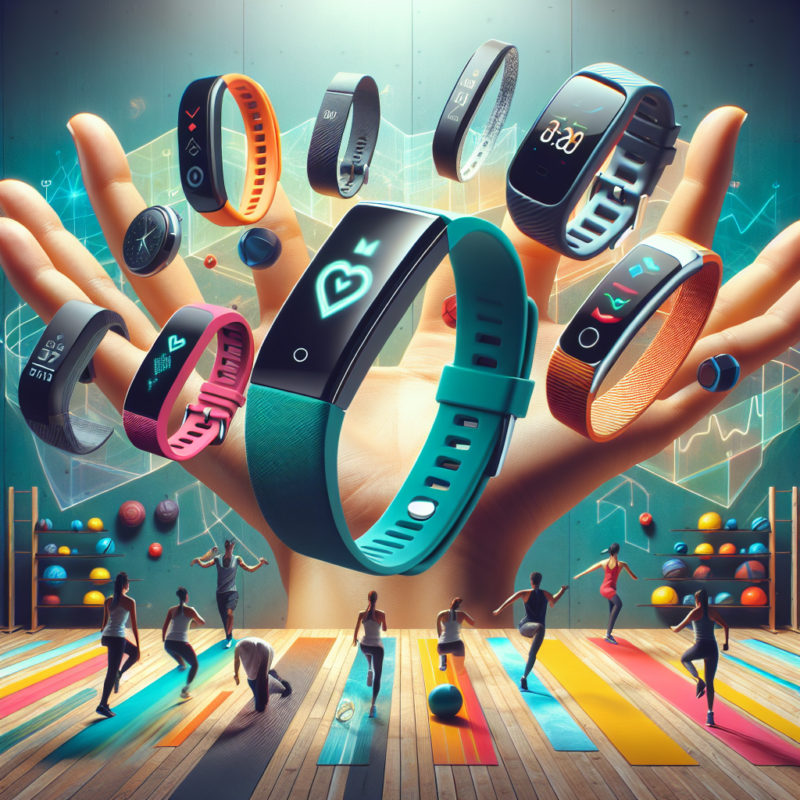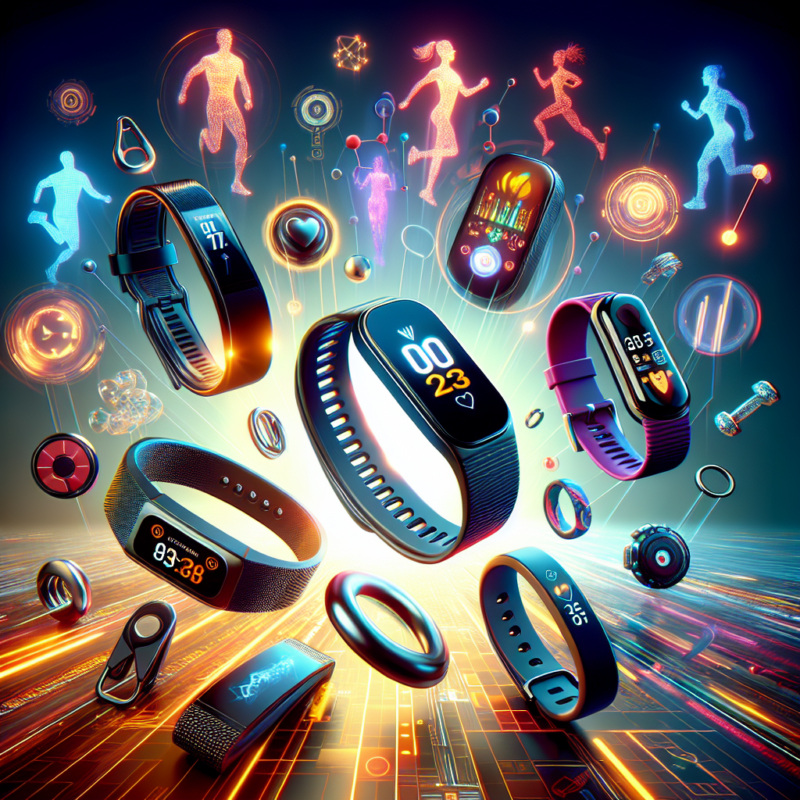Tracking Progress: How Wearable Fitness Tech Can Help You Achieve Your Goals

In today’s fast-paced world, the quest for fitness and health has taken on new dimensions with the advent of wearable fitness technology. From smartwatches to fitness bands, these innovative devices are transforming how we monitor our physical activity, track our progress, and stay motivated. This article will explore how wearable fitness tech can help you achieve your goals, providing you with valuable insights, tips, and recommendations you can use right away.
Understanding Wearable Fitness Technology
Wearable fitness technology encompasses a range of devices that monitor various aspects of physical health, including heart rate, steps taken, calories burned, sleep quality, and more. These devices often come equipped with sensors and tracking applications that allow users to measure their performance in real-time. The data collected can be invaluable for understanding personal health trends, and it also helps in setting realistic and achievable fitness goals. By wearing these gadgets, users can cultivate a habit of regular exercise and create a more accountability-driven approach toward their overall health.
The primary appeal of wearable fitness devices lies in their ability to present complex physiological metrics in an easy-to-understand format. With a simple glance at the screen or even through mobile applications, users can obtain insights into their physical activity levels. This immediacy transforms the often intangible goal of health improvement into quantifiable objectives, making it easier for users to stay committed. Thus, these devices not only serve the purpose of tracking progress but also encourage lifestyle changes by keeping individuals informed and focused on their goals.
The Benefits of Tracking Progress with Wearables
One undeniable advantage of wearable fitness tech is its ability to foster a sense of accountability. When individuals observe real-time data on their activities and health metrics, the motivation to stick to their fitness plan often increases significantly. The act of tracking progress can instill a sense of achievement. When users meet their daily steps or exercise goals, for example, they are likely to experience a ‘success high’ that reinforces their commitment to healthy living. This psychological benefit of personal accountability cannot be overstated; studies have shown that people who track their fitness are more likely to achieve their goals.
Moreover, wearable fitness devices can also be instrumental in providing personalized feedback. Many modern wearables come with built-in analytics and algorithms that offer tailored recommendations based on the user’s activity data. For instance, if a user consistently falls short of their daily step goals, the device may suggest incremental increases to help them gradually adapt. This kind of personalized guidance ensures that workouts and fitness plans remain engaging and relevant, enabling users to pinpoint areas for improvement and celebrate progress when they surpass their benchmarks.
Top Wearable Fitness Devices on the Market
When it comes to choosing a wearable fitness device, a plethora of options is available, catering to different needs and preferences. Popular devices like the Fitbit Charge series, Apple Watch, and Garmin Vivosmart stand out for their ease of use, extensive tracking capabilities, and seamless integration with mobile health apps. The Fitbit Charge series allows users to monitor their steps, heart rate, and even track their menstrual cycle, making it a versatile choice for many fitness enthusiasts. Similarly, the Apple Watch is not just a smartphone accessory; it features advanced exercise tracking, ECG functionality, and a full range of health monitoring features.
Garmin devices excel in providing detailed insights for serious athletes, offering advanced metrics for running, swimming, and cycling. The Garmin Forerunner series, for example, provides in-depth stats like VO2 max and recovery times, which are invaluable for those looking to optimize their training regimens. The key to selecting the right device lies in understanding your specific fitness needs and identifying which features you will use most frequently. It’s advisable to consider factors like battery life, durability, and software integration to ensure a well-rounded and user-friendly experience.
Additionally, smart clothing and accessories are emerging as exciting alternatives in the fitness tech space. Smart leggings and shirts equipped with biometric sensors offer users a new way to track their movement and exertion levels. This shift towards embedding technology directly into clothing opens up new avenues for monitoring progress, presenting data in a seamless and unobtrusive manner. As wearable technology continues to evolve, the landscape of fitness tracking devices will expand, offering ever more sophisticated options tailored to diverse fitness goals.
Setting and Achieving Fitness Goals
Setting realistic fitness goals is crucial for long-term success and motivation. Wearable fitness tech provides the capabilities to create SMART (Specific, Measurable, Achievable, Relevant, Time-bound) goals using tracking data, which can significantly enhance the likelihood of achieving them. For instance, instead of setting a vague goal like “get fit,” a user could set a specific target, such as “run 3 miles within 30 minutes” in three months. By precisely defining their objectives, users can use their devices to chart measurable progress, adjusting it along the way as needed.
Accountability also plays a massive role in achieving these goals. Sharing progress metrics with friends or engaging in community challenges through fitness apps connected to wearable devices can motivate users to remain diligent. These social interactions help create a supportive environment, encouraging users to stick to their commitments and challenge themselves further. Many wearable tech platforms even offer gamified elements, such as rewards and badges, further enhancing motivation and engagement in physical activities.
Finally, it’s important to remember that achieving fitness goals is a journey, often requiring patience and perseverance. Users should stay adaptable and ready to alter their strategies based on the data collected from their wearables, gradually adjusting targets as they encounter new challenges or successes. By leveraging the data-driven insights provided by fitness trackers, individuals can find the right balance between challenge and achievability, ensuring that their health and fitness pursuits remain exciting and fulfilling.
Integrating Wearable Tech into Daily Life
The integration of wearable fitness technology into daily life is not just about exercise—it’s about cultivating a healthier lifestyle overall. One of the most effective ways to ensure consistent usage of these devices is to set reminders for daily movement or hydration. These notifications can act as gentle nudges throughout the day, reminding users to take breaks, stand up, or drink water. Integrating these small habits can lead to significant improvements in overall well-being.
In addition to physical activity, many wearable devices now offer insights related to mental health and sleep quality. Stress management features present in some smartwatches, like guided breathing exercises and sleep tracking, highlight the importance of a holistic approach to health. Maintaining mental well-being is just as crucial as physical fitness, and wearables that provide insights into these areas can empower users to take proactive steps towards balanced health.
Lastly, syncing wearable devices with health apps allows users to visualize their progress over time and provides deeper insights into their fitness patterns. Monitoring trends such as heart rate variability, calorie consumption, and physical activity over days, weeks, and months enables users to make informed adjustments to their routines. This comprehensive approach to tracking progress and integrating wearable technology into everyday life can lead to sustained motivation and a healthier lifestyle.
Future Trends in Wearable Fitness Tech
As technology continues to evolve, the future of wearable fitness tech promises even more innovative features geared toward personalized health monitoring. Upcoming trends are set to focus on improved accuracy, enhanced connectivity, and advanced health metrics. For example, innovations such as continuous glucose monitoring and blood pressure sensors integrated into smartwatches are already making headway. These advancements could revolutionize how users track their health, enabling preemptive measures rather than reactive approaches.
Furthermore, machine learning and artificial intelligence are beginning to play a more significant role in how wearables analyze user data. The ability to predict workout outcomes and suggest personalized training plans will enhance the user experience, making it easier for everyone—from beginners to seasoned athletes—to achieve their fitness goals. Imagine a device that not only tracks your statistics but also tweaks your daily fitness plan based on your performance and health metrics; this is the direction wearable tech is heading.
Additionally, the incorporation of social fitness spaces within wearable platforms can facilitate greater community engagement. Users may have the option to participate in virtual fitness groups or compete globally with peers, further enhancing the motivational aspects of fitness tracking. Such trends highlight our growing emphasis on community and accountability, proving that social connections are a vital component of fitness success.
Conclusion
In conclusion, wearable fitness technology has revolutionized how we track progress and achieve our health and fitness goals. From enhancing accountability to providing personalized insights, wearables play an instrumental role in helping users stay focused and motivated. The array of options now available means there is something for everyone, whether you’re a casual exerciser or a serious athlete. As technology continues to advance, the integration of this tech into everyday life will only become more seamless, adding layers of sustainability and personalization to fitness journeys. By leveraging wearable fitness technology, you not only monitor your progress but also empower yourself to lead a healthier and more fulfilled life.
FAQs About Wearable Fitness Tech
1. What types of metrics can wearable fitness trackers monitor?
Most wearable fitness trackers monitor key health metrics such as heart rate, steps taken, calories burned, sleep patterns, and even stress levels. Some advanced wearables also track VO2 max, blood pressure, and ECG readings.
2. How do wearables help in reaching fitness goals?
Wearable fitness trackers help users set, monitor, and achieve fitness goals by providing real-time feedback, personalized insights, and encouraging accountability through progress tracking and social engagement features.
3. Can wearable tech track mental health indicators?
Yes, many modern wearable devices feature mindfulness and mental health tracking options, including guided breathing exercises and stress monitoring, which contribute to an overall healthier lifestyle.
4. Are wearable fitness devices accurate?
While wearable fitness devices are generally accurate for monitoring steps and heart rate, the accuracy can vary depending on the device and the metrics being measured. Users should consider wearables as part of a broader approach to fitness tracking.
5. What’s the best way to choose a wearable fitness device?
When choosing a wearable fitness device, consider your personal fitness goals, desired features, battery life, compatibility with health apps, and reviews to determine which device best suits your needs.
This article, structured with appropriate headers and rich content, will provide comprehensive information about tracking progress through wearable fitness technology and is optimized for SEO to target the keyword effectively.


